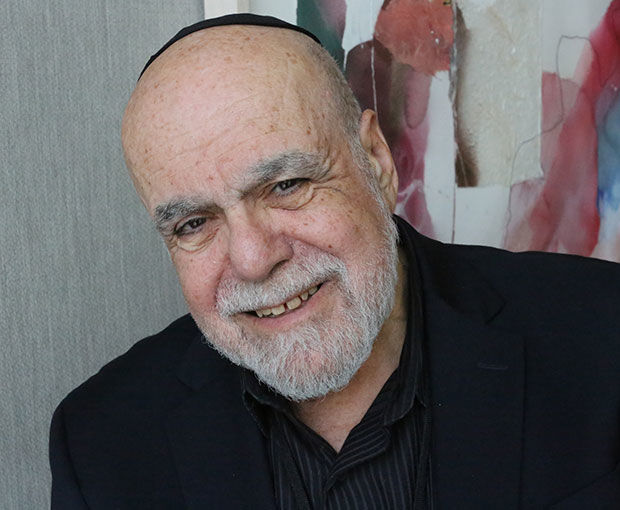D’var Torah: Judaism recognizes power of coming together as community
Published March 3, 2022
The late Rabbi Bernard Lipnick kept a plaque on his desk that read, “No One of us is smarter than All of us.”
In this week’s Torah reading we hear about the final stages in the construction of the portable sanctuary known as the Mishkan or the Tabernacle. It is important to note that after the technical aspects of the work are completed, Moshe blessed all of Israel for their participation in the project. The verse continues: “now Moshe saw all the work they had made…then Moshe blessed them” (Shemot 39:43).
How did he word the blessing? Tradition provides an answer, “may the Shechinah (the Divine Presence) rest on the work of your hands. May the pleasantness of our God be upon us.” Clearly this blessing is intended for all who participated in the project, regardless of what role they played. Moshe’s words and actions remind us that we are all part of a web of interconnectivity, and not a collection of self-sufficient individuals.
What motivated Moshe to offer this blessing? No doubt it was, in part, a lesson that he learned earlier, from his father-in-law, Yitro, who advised him that in order to carry out his sacred work he needed the assistance of capable and dedicated people. Moshe realized that Yitro was correct and he, in fact, instituted a judicial system composed of a variety of capable individuals.
I can but only imagine that when Moses began the Mishkan project he realized that the dedication and labor of a vast number of people were needed to complete the task. Therefore, after all of their hard work and combined effort, they deserved God’s blessing. Put somewhat differently, he understood that no one of us is more capable than all of us.
Jewish tradition has created many institutions and practices which require the conscious coming together of individuals. Take for example the notion of the minyan, a quorum comprised of 10 adults for the purpose of communal prayer. The late Mordechai M. Kaplan, founder of the Reconstructionist Movement, pointed out that when people pray as a community they have a unique experience of God. So it is with mourners seeking to honor a deceased loved one. They come for a minyan to say Kaddish.
Those who attend these communal services discover that the group actually becomes their community, offering comfort and healing. As Rabbi Kaplan explains being in a prayer community allows the worshiper to experience God as “the Power that makes for healing.” When this occurs, the Kaddish is no longer only a memorial prayer, but it becomes an expression of thanksgiving for the blessing of Divine healing.
Rabbinic tradition encouraged people to study Torah in community. Popular art often depicts the rabbi or scholar as a lone figure stooped over a book. Yet when we go back to Talmudic times things are very different. Students studied in pairs, and they developed close interpersonal relationships with their teachers and fellow learners. Their bonds of friendship, they believed, invited the Divine Presence (the Shechinah) to dwell among them. Like their Master, Moshe Rabbenu, they realized that the Malchut Shamayim, the Kingdom of God, requires hard work and input of all.
The synchronistic relationship between a spiritual leader and their community is attested to in many religious traditions. It is clearly articulated in many of the stories told about the mystical teacher known as the Baal Shem Tov:
At the conclusion of Yom Kippur the Baal Shem Tov felt compelled to recite the prayer known as Kiddush Levanah, the Blessing of the Moon. However, each time he looked out of the window the moon seemed to be covered by dark clouds. In the meantime his followers had gathered in the courtyard and they began to sing and dance. As their joy increased, the Baal Shem Tov went out and joined them. He was immediately surrounded by this enthusiastic disciples. As they danced around him the clouds began to shift and suddenly, the moon appeared, in all its radiance. At that moment the Baal Shem Tov raised his arms and he pronounced the blessing of the Moon.
The message is clear — without the energy and intention of the community a leader cannot do his or her spiritual work. The teacher, in turn, brings the blessing of the Divine Presence into the lives of their students.
Judaism’s emphasis on the interconnectivity of all stands in strong contrast to the often touted notion of the sovereignty of the individual.
Moshe’s blessing of the community of Israel is an eternal a reminder of our own interconnectivity within the great web of existence.
Shabbat Shalom.
Rabbi Neal Rose serves Congregation B’nai Amoona and is a member of the St. Louis Rabbinical and Cantorial Association, which coordinates the d’var Torah for the Jewish Light.















